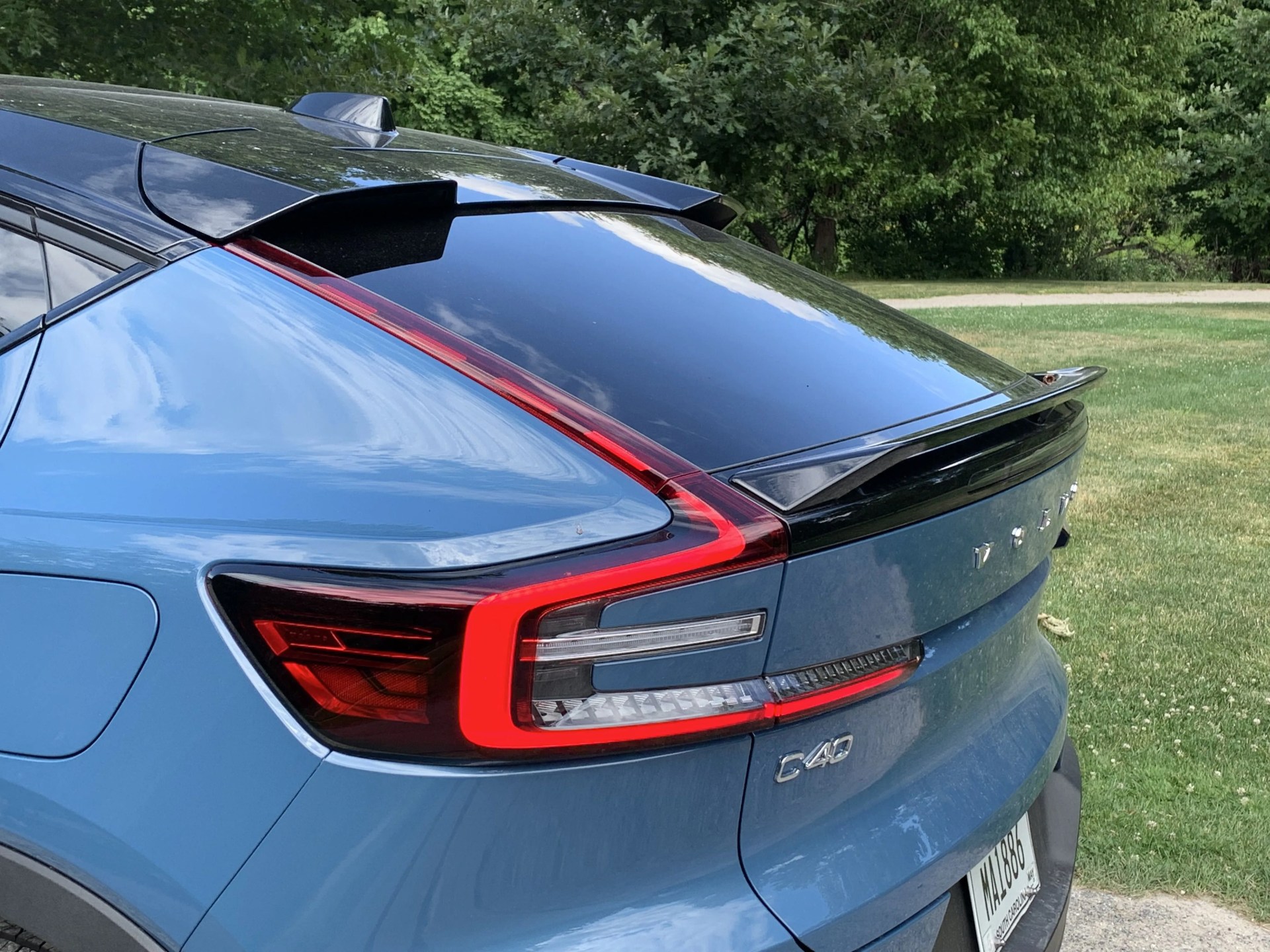Last year, Volvo unveiled the C40 Recharge. It’s a swoopy subcompact crossover. And while it’s not the flagship vehicle in the Volvo lineup — that’s still the excellent XC90 Recharge — it is a statement about where the Volvo brand is heading this decade.
The C40 Recharge is Volvo’s first electric-only car; Volvo plans to be battery-powered by 2030. It uses eco-conscious materials; those are about to become a much bigger deal as manufacturers clean up car production emissions. You can buy a C40 Recharge online; where Volvo eventually wants to move its sales. And it’s the antithesis of the boxy wagons and sedans of yore Volvo is jettisoning.
I drove a Volvo C40 Recharge for a week as my family car around Detroit. I found it — with one notable hiccup I’ll discuss later — to be about what I anticipated for an electric Volvo. The C40 Recharge is pleasant, premium-feeling and reasonably practical like a regular Volvo. It’s quick without being sporty, like a regular Volvo. And the iron logo on the front — once a mark of thriftiness — is now a premium badge you have to pay for.
The Volvo C40 Recharge drives like a slightly stiff Volvo
 Tyler Duffy
Tyler DuffyThe C40 Recharge has a potent dual-motor powertrain with 402 hp and 486 lb-ft of instant torque. It gets off the line in a hurry. Volvo officially lists it to accelerate from 0-60 mph in 4.5 seconds. Car and Driver clocked it at 4.3 sec. But like in other products, Volvo juxtaposes that rapidity with tuning that’s not especially sporty. So it’s less track assassin and more of a competent and stable cruiser for normal driving, which is how most people use it.
Like most EVs, the C40 Recharge feels very planted, with a low center of gravity, and it has solid body control in Midwest-grade corners. But it reacts very stiffly when you encounter bumps and potholes — basically all of the pavement in southeastern Michigan. I would also have preferred more of a gradation to the regenerative braking, like competitors offer; Volvo’s two settings are off or aggressively on.








